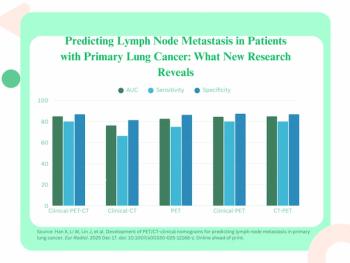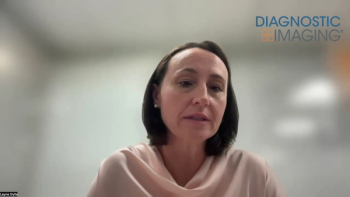
Patients Accept False-Positives in CT Colonography
False-positive results from CT colonography screening are considered an acceptable part of cancer detection for both patients and health care providers.
False-positives are something that must be taken in stride in order to detect more cancers say both patients and physicians, according to an article published in the journal
Researchers from the United Kingdom wanted to determine if there was an acceptable maximum rate of false-positives from CT colonography for colorectal cancer screening.
A total of 52 patients and 50 health care professionals participated in the study. The patients had been scheduled to undergo unrelated ultrasounds. Both groups were asked to choose between unrestricted CT colonography that examined intra- and extracolonic organs or CT colonography restricted to the colon, across different scenarios. The disadvantages of the tests were explained to the patients.
“The first experiment detected one extracolonic malignancy per 600 cases with a false-positive rate varying across scenarios from 0 percent to 99.8 percent,” the authors wrote. “One experiment examined radiologic follow-up generated by false-positive diagnoses while the other examined invasive follow-up. Intracolonic performance was identical for both tests.”
The results showed that the median tipping point for radiologic follow-up occurred at a false-positive rate greater than 99.8% and participants would tolerate at least a 99.8% rate of unnecessary radiologic tests to detect an additional extracolonic malignancy.
Invasive follow-up had a lower median tipping point, occurring at a false-positive rate of 10%. Patients had significantly higher tipping points than did health care professionals for both experiments.
“Patients and health care professionals are willing to tolerate high rates of false-positive diagnoses with CT colonography in exchange for diagnosis of extracolonic malignancy,” the authors concluded.
Newsletter
Stay at the forefront of radiology with the Diagnostic Imaging newsletter, delivering the latest news, clinical insights, and imaging advancements for today’s radiologists.



























